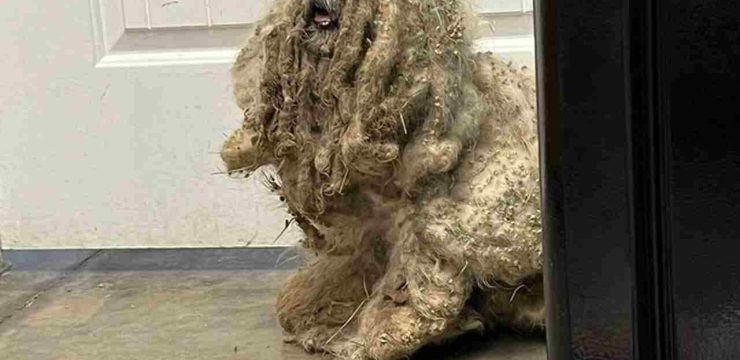Even though earwigs don’t pose a serious threat to people, that doesn’t mean you want them hanging around your home or garden. These creepy-looking insects, with their pincers and quick scurrying movements, can be downright unsettling when you spot them crawling through your plants, across your deck, or worse—inside your house.

And for whatever reason, this year seems to be a banner year for earwigs. Many homeowners, myself included, have noticed a surge in sightings, especially in gardens, flower beds, and shaded outdoor spaces. If you’ve been dealing with these unwanted guests, there’s a surprisingly easy solution that involves just one simple pantry item you probably already have—olive oil. This clever trick comes from a Facebook user named Alicia Alexander, who shared her personal success in tackling an earwig problem in her backyard. She reported that after trying several methods with little to no success, she poured about half a cup of olive oil into a shallow dish and placed it out on her deck. The result? In less than 24 hours, the dish had collected dozens of earwigs.
By the 36-hour mark, the number had nearly doubled. The best part is that the method requires no chemicals, no traps, and no expensive pest control services—just a little bit of olive oil and a shallow container. The idea behind this hack is pretty simple. For some reason, earwigs are strongly attracted to olive oil. Whether it’s the scent or the consistency that draws them in isn’t entirely clear, but once they enter the dish, they can’t escape. The oil traps them and ultimately ends the infestation without any harm to your garden or pets.
It’s clean, quiet, and incredibly effective. Just place a few of these dishes around the areas where you’ve seen earwigs—perhaps near garden beds, beneath bushes, or around the edges of your porch or deck. Check back after a day or two, and you’ll likely find that the population has been significantly reduced. And if you’re hesitant about leaving bowls of oil outside where pets or kids might knock them over, you can even use small lidded containers with holes cut in the top. That way, the earwigs can still crawl in, but the container stays more secure.
However, while this olive oil method is an excellent way to reduce earwig numbers quickly, it’s also important to consider why you might have them in the first place. One major attractant for earwigs is rotting or decaying wood. If your home has any water-damaged areas, old wooden fencing, aging deck boards, or mulch that stays damp for long periods, it could be an open invitation to pests like earwigs. It’s worth taking the time to inspect the wooden structures around your home—especially if the earwig problem seems to be persistent or spreading. Rotting wood isn’t just a magnet for earwigs; it can also indicate larger structural concerns that should be addressed.
Replacing damaged boards, improving drainage, and using treated wood that’s resistant to decay can help prevent further infestations. You might also consider reducing excess moisture around your home by trimming overgrown vegetation, keeping mulch at least a few inches away from your foundation, and repairing any leaky spigots or downspouts. The key to long-term control is creating an environment that’s less inviting to pests in general.
Still, when you’re just looking for a quick and effective way to handle earwigs before a backyard BBQ or a peaceful night on the porch, this olive oil trick works wonders. It’s non-toxic, safe, and incredibly easy to implement without any special equipment. Thanks to Alicia Alexander for sharing such a helpful tip—it’s amazing how one simple kitchen ingredient can turn into a powerful pest control tool. So if you’re tired of earwigs crashing your outdoor gatherings or creeping around your plants, give this hack a try. A little olive oil might just be all you need to reclaim your space from these pesky intruders.





